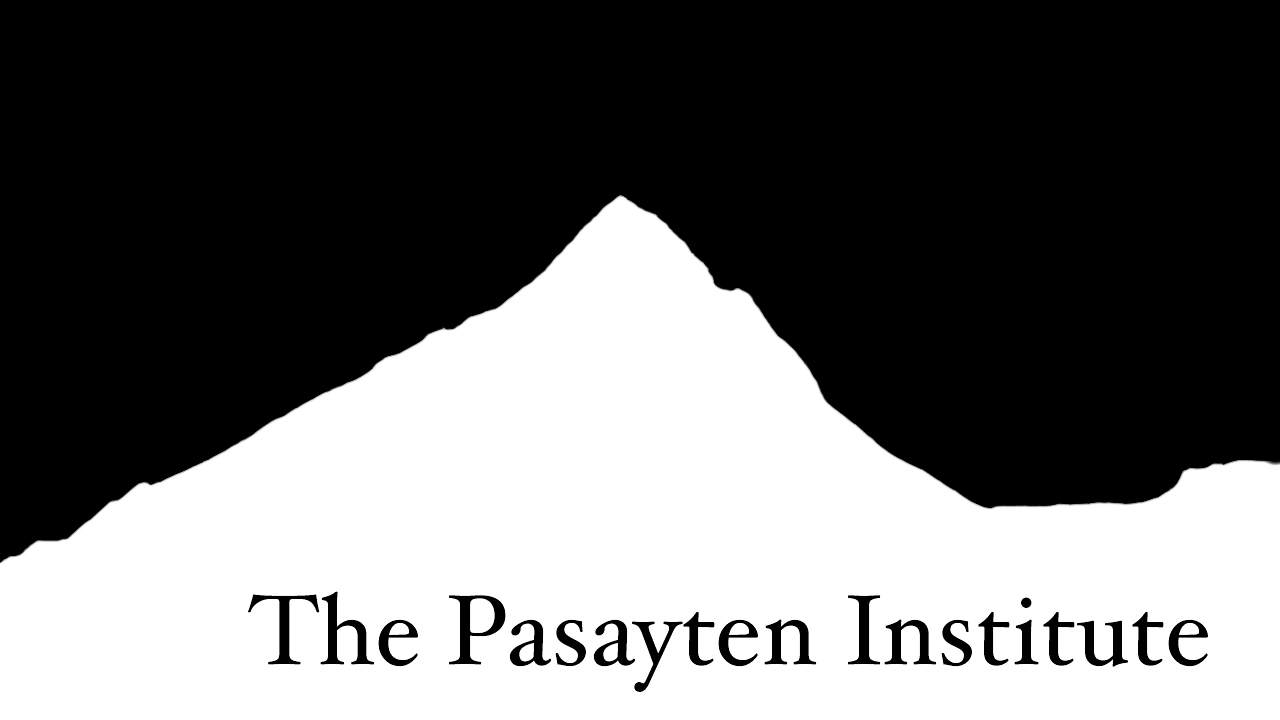Retooling “Quantum Mechanics for the Working Professional”
After three fairly successful videos, I pulled the plug on the original version of our quantum mechanics course.
The original goal was to introduce quantum mechanics to folks who hadn’t gone through an undergraduate program in Physics specifically, but perhaps managed to see some calculus and linear algebra through their studies. My target audience included economists, engineers, developers and computer scientists; folks that might be a little afraid of calculus but not really.
Like J.J. Sakurai, I wanted to introduce the ideas of quantum mechanics using Spin. Finite-dimensional vector spaces are far more friendly than function spaces, and the application of spin-$1/2$ physics to quantum computing is obvious.
My regret is simple: I couldn’t help but get caught in the weeds. I wanted to jump into some serious calculation right away - something that would give individual confidence with the mathematics from the beginning. Why? Because the “shut up and calculate” approach to quantum mechanics is truly the best way to learn what is going on.
You can ponder ontologically equivalent formulations - like Everett’s many world hypothesis - after the fact. Indeed, if you cannot verify that the formulations are observationally equivalent, what - from a Scientific perspective - is the point of learning them?
I wasn’t able to do this (in my opinion) in a way that was also able to communicate the physics. It was too weedy too quickly. It also had an operational problem: I simply could not keep up with the videos in any sort of regular way. Worse, the introductions to the videos - where I talk all slow and methodically to the camera - didn’t feel true to my sense of discussion at all.
I AM ANIMATED!
So. I shut it down. Failure acknowledged. Course correction deployed.
The Course Correction
I’m creating a series of videos now that will be less formal, and start from more familiar material. I’m starting with the hydrogen atom at the very beginning. I’m doing this for a few reasons.
First, most folks that want to study this stuff have already had some high school chemistry. The qualitative properties of the electrons in hydrogen are both how quantum mechanics came into being but also are already imprinted upon people’s brains. I can build from that. The whole idea of electron orbitals and electron clouds is intimately related to measurement in quantum mechanics.
Second, a blog/vlog style of videos affords better operational stability. I can always aggregate material into playlists after they’re produced.
Finally - and this one is important to me - by starting in a qualitative direction, I can give a variety of problems (and discuss solutions) that span a spectrum of different levels of preparation. For example, we can do integrals, or we can require simple calculations. Nobody needs to do all of them, but having some hard ones - like computing integrals relevant for expectation values of the radial position of the hydrogen atom - can keep folks with all kinds of backgrounds engaged.
So. Please enjoy my first set of lecture notes in this new direction. Problem sets to come!
